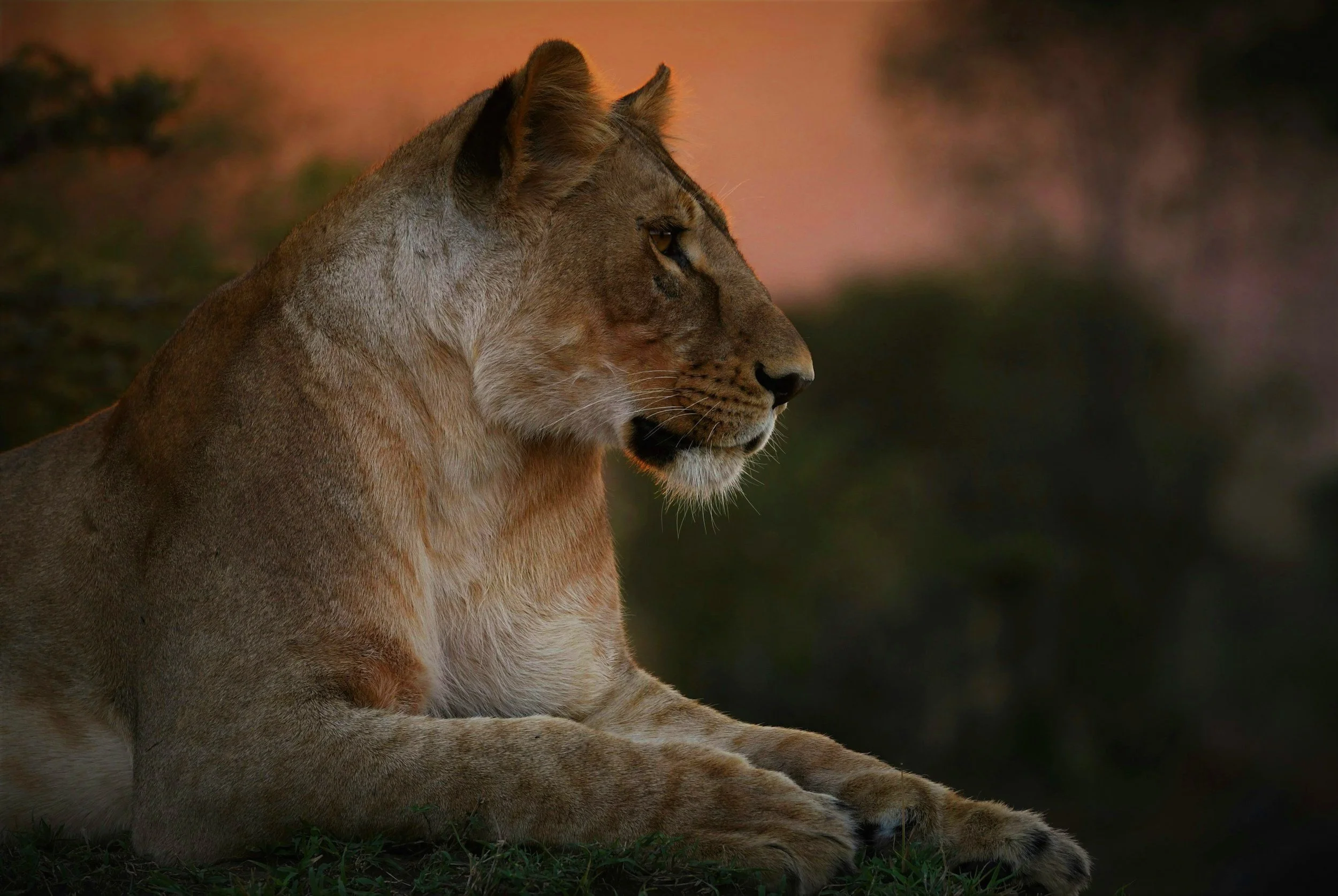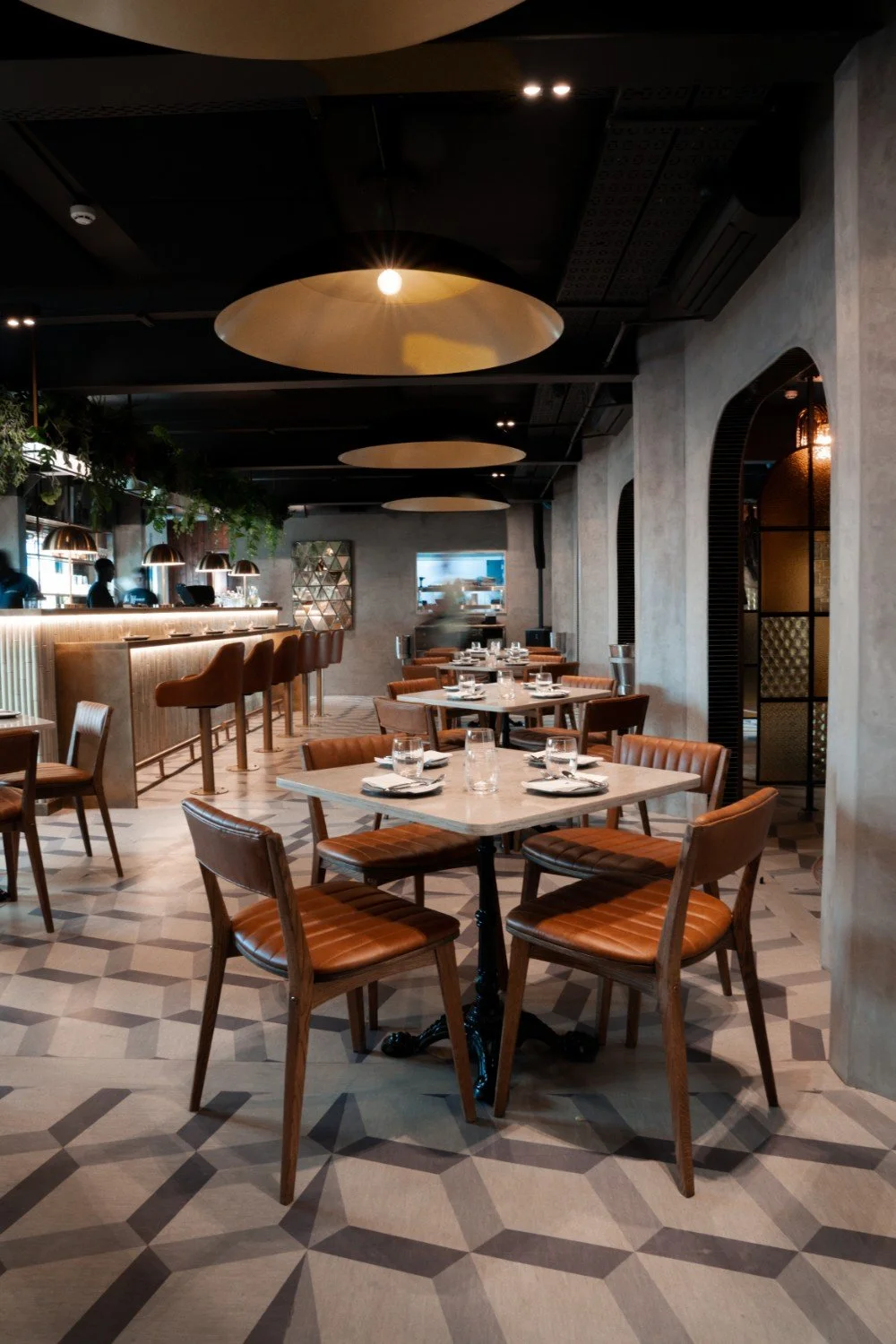Damaraland
& Desert Rhino Conservation
— Damaraland —
Rugged desert
“Damaraland, a rugged jewel in Namibia’s crown, beckons the intrepid traveler with its otherworldly landscapes and conservation triumphs. Here, rust-red mountains loom over vast gravel plains, while prehistoric rock engravings at Twyfelfontein whisper tales of ancient San peoples. But it’s the region’s rare desert-adapted wildlife that steals the show. Imagine tracking a black rhino across sun-baked valleys, its very existence a testament to conservation success. The Wilderness Desert Rhino Camp, a beacon of eco-luxury, offers guests the chance to join this vital conservation effort. Accompanied by expert trackers, you’ll traverse the austere beauty of the Palmwag Concession, contributing to crucial monitoring efforts that have seen the local rhino population triple since the 1980s. As dusk falls, retire to your stylish tent, where the day’s adventures are toasted under a canopy of stars so brilliant, they cast shadows on the ancient earth below. In Damaraland, every moment is a brush with the extraordinary, a reminder of nature’s resilience in Earth’s most challenging corners.”
The Torra Conservancy is a testament to the power of community-driven conservation. Spanning nearly 352,000 hectares of dramatic landscapes, from craggy mountains to sweeping gravel plains, this pioneering conservancy has become a beacon of hope for both wildlife and local communities since its establishment in 1998. Home to the largest free-roaming population of black rhinos outside a national park, Torra offers intrepid travelers the chance to track these prehistoric-looking behemoths alongside expert local guides. But it's not just about rhinos – desert-adapted elephants roam ancient riverbeds, while elusive desert lions prowl the shadows.
The conservancy's success story extends beyond wildlife; it's a model of sustainable tourism, with lodges like Damaraland Camp operated in partnership with the community, ensuring that tourism dollars directly benefit local people. Here, in this harsh yet hauntingly beautiful corner of Namibia, visitors don't just observe conservation in action – they become part of it, contributing to a delicate balance between human needs and wilderness preservation.
Stay
desert rhino camp
Nestled in the heart of the 450,000-hectare Palmwag Concession, Wilderness Desert Rhino Camp offers an unparalleled fusion of luxury and conservation. This intimate haven, with just eight Meru-style tents, serves as your launchpad into one of Africa's last true wildernesses. Here, walk amongst Africa’s largest free-ranging populations of critically endangered desert-adapted black rhino, with the local population having tripled since the 1980s thanks to pioneering conservation efforts. Join expert trackers on exhilarating rhino safaris, traversing the rust-red landscape in search of these prehistoric-looking beasts – a thrilling game of hide and seek played out against Damaraland's stark beauty. Back at camp, plunge pools offer respite from the desert heat, while the fire pit becomes the stage for nightly recountings of the day's adventures under a canopy of stars so brilliant they seem close enough to touch. With a commitment to sustainability that runs deep – think solar power and locally sourced materials – Desert Rhino Camp doesn't just showcase the wild; it's actively preserving it for future generations.
Damaraland camp
Perched like a mirage on the northernmost fringe of the Huab River Valley, Wilderness Damaraland Camp is a masterclass in sustainable luxury. This intimate retreat, boasts just ten elevated adobe-style thatched units, each a private observatory for the rugged panorama beyond. Here, in one of Namibia's most pristine wilderness areas, guests find themselves at the crossroads of adventure and conservation. Track desert-adapted elephants as they navigate ancient riverbeds, their very existence a testament to nature's resilience. Marvel at the 6,000-year-old rock art at nearby Twyfelfontein, a UNESCO World Heritage site boasting over 2,500 engravings. As dusk falls, gather around the fire pit, where Riemvasmaker community staff share tales of their ancestral lands under a sky so dark, the Milky Way casts shadows. With its commitment to eco-tourism – the camp is 100% solar-powered – Damaraland Camp doesn't just offer a window into the wild; it's actively preserving this fragile ecosystem for generations to come.
WHEN TO GO
Namibia is a year-round destination:
Damaraland dazzles year-round, but May to October is prime time for wildlife enthusiasts. These dry months see desert-adapted elephants and endangered black rhinos congregating at waterholes, offering unparalleled viewing. Daytime temperatures hover comfortably between 20-30°C (68-86°F), while nights cool dramatically, perfect for stargazing in one of the world's darkest skies. July to September brings ideal conditions for tracking and hiking, with average rainfall below 5mm per month. For a different spectacle, brave the "green season" (November-April) when brief rains transform the landscape and migratory birds arrive in force, with over 240 species recorded in the area. Sporadic rains awaken dormant seeds, briefly cloaking the stark landscape in a subtle green veil. While wildlife may be more dispersed, the dramatic thunderstorms and lower tourist numbers offer a raw, intimate encounter with this ancient land.






























































What makes Japan special and so memorable for many people are the authentic Japanese cultural experiences that you can’t find anywhere else in the world. It can be difficult to connect with here unless you know where to look and who to go to. Below are some of our favorite off the beaten path ceremonies, traditions, and experiences that curious travelers can experience on a trip to Japan.